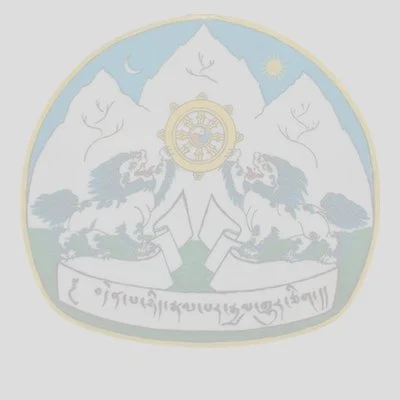
Introduction:
Soon before and after the invasion of Tibet in 1959 many Tibetan took refuge in India and many of them started settling in and around the Gangtok region. So, in 1975 Tibetan Welfare Office is established to look after the socio-economic welfare of the Tibetans residing in an around the region.
Settlement location:
Tibetan Welfare office is located at Gangtok of Sikkim state, India. The average altitude of the area is 5000 ft above sea level and average rainfall is 3000 ml. The average temperature is 2°-28° celsius.
Settlement Population
No. of villages in the settlement:
Tibetan Welfare Office, Gangtok takes care of Tibetans residing in 31 scattered locations irrespective of the number of households. These are 13 scattered communities located around Gangtok, 12 in North Sikkim and 6 in East Sikkim.
Settler’s livelihood;
Main occupation of the Tibetans residing in and around the Gangtok are small businesses like Hotel, restaurants, garment shops, taxi driving, road construction laborers and cattle rearing especially in eastern border areas and Northern part.
| GANGTOK AREAS | Chandmari, Deorali, Lall Bazar, Nam-nang, Arithang, Kazi Road, Tibet Road, Rongney, Deceheling, Balwakhani, Forest Colony, Burtuk, Bojogari. |
| EAST SIKKIM | 2nd to 7th Mile, 15th Mile, Tsomgo/Tsojuk, Kupup, Gnathang, Dzuluk/Phadamchen, |
| NORTH SIKKIM | Kabi/Bakchak, Namok, Singyik, Mangan, Pegong, Chungthang, Lachung, Mushithang, Tsateng, Thangu, Dongguk, Lhonak. |
Facilities in the settlement:
| School | No school |
|---|---|
| Health facilities | One Tibetan Medical and Astro institute |
| Monastery | There are 10 monasteries and 2 nunneries |
| Care for Aged | no age care |
Administrative setup:
Tibetan Welfare Office at Gangtok is the representative office of Department of Home, Central Tibetan Administration. It is serving as the liaison between the Tibetans in the region and the Department of Home, Central Tibetan Administration. It is the principle office to look after welfare and overall control of running of affairs of the Tibetans in the area. Daily task for the representative range from adjudicating disputes to communicating with group leaders and outside authorities, and generally watching over the running of all aspects of the settlement.
Local Assemblies:
Like every other genuine democratic system the Tibetans in Gangtok region elect their own representative for better understanding of the problems with them. The members are elected by people for the period of 4 years term. The total of 15 members are elected on the basis of region, 10 from Gangtok areas, 2 each from East and North and 1 from Rumtek area.
These elected members act as an intermediary with relevant authorities and represents Tibetan Parliament exile based at Dharamsala. They meet for 2 sessions, on in the month of March and another in September every year. They can bring up the problems of the Tibetan people and raise the question on the working of the Tibetan Welfare Officer, the administrative section. These members are elected on the basis of their strength of personality and once ability to stand before the interest of their people.
Traveling guide:
| Nearest railway station | New Jalpaiguri Junction Railway Station (NJP), Siliguri, West Bengal | |
| Nearest airport | Bagdogra Airport, Siliguri, West Bengal | Morning flight from Delhi is recommended where availability of taxi in the evening time is fewer. |
| Bus and taxi services |
Sikkim Nationalized Transport (SNT) bus services. Taxi service is available on both sharing and reserve. |
|
